This text was written by Carlos Mendoza, who is an environmental journalist with a passion for renewable energy and sustainable development. With a decade of experience covering Spain’s energy sector, he brings a wealth of knowledge and insight to the topic at hand.
A Short Introduction About Andalusia and Renewable Energy
The Importance of Renewable Energy
In a world increasingly aware of the urgent need to transition from fossil fuels to more sustainable sources of energy, regions like Andalusia in southern Spain have a crucial role to play. The shift towards renewable energy is not just an environmental imperative but also an economic opportunity, offering the potential for job creation, technological innovation, and regional development.
Andalusia’s Position in Spain’s Energy Landscape
Andalusia, with its abundant sunshine, strong winds, and significant hydro resources, is uniquely positioned to lead Spain’s energy transition. The region’s renewable energy potential is vast, and its strategic location makes it a key player in Spain’s energy landscape.
Scope of the Article
This article will delve into the current state of Spain’s energy sector, explore the potential of renewable energy in Andalusia, examine government policies and initiatives, highlight successful renewable energy projects in the region, and discuss the challenges and opportunities in transitioning to renewable energy.
Harnessing the Power of the Sun and Wind
Andalusia’s geographical location and climate make it an ideal place for harnessing renewable energy. The region is blessed with miles of coastline where wind turbines can harness the sea breezes, and endless hours of sunshine, which can be absorbed by solar panels and turned into energy. In fact, one of Europe’s largest solar farms is in Andalusia, in Sanlucar la Mayor, near Seville. Its ground-breaking ‘solar power tower’ system, the first of its type in Europe, has 624 movable mirrors and will eventually be able to produce enough energy for 180,000 homes. On a sunny day, you can see its dazzling column of light from the Seville-Huelva motorway. This is a testament to the region’s commitment to renewable energy and its potential to lead Spain’s energy transition.


Solar Power in Andalusia
Solar power is a significant part of Andalusia’s renewable energy portfolio. With so many thousands of hours of sun per year, southern Spain is the ideal place to install solar energy panels. The region is home to innovative solar power projects, such as the solar farm in Sanlucar la Mayor, which uses a ‘solar power tower’ system. This system, the first of its kind in Europe, uses 624 movable mirrors to focus sunlight onto a central tower, generating heat that can be used to produce electricity. This solar farm is a shining example of Andalusia’s potential in solar power generation.
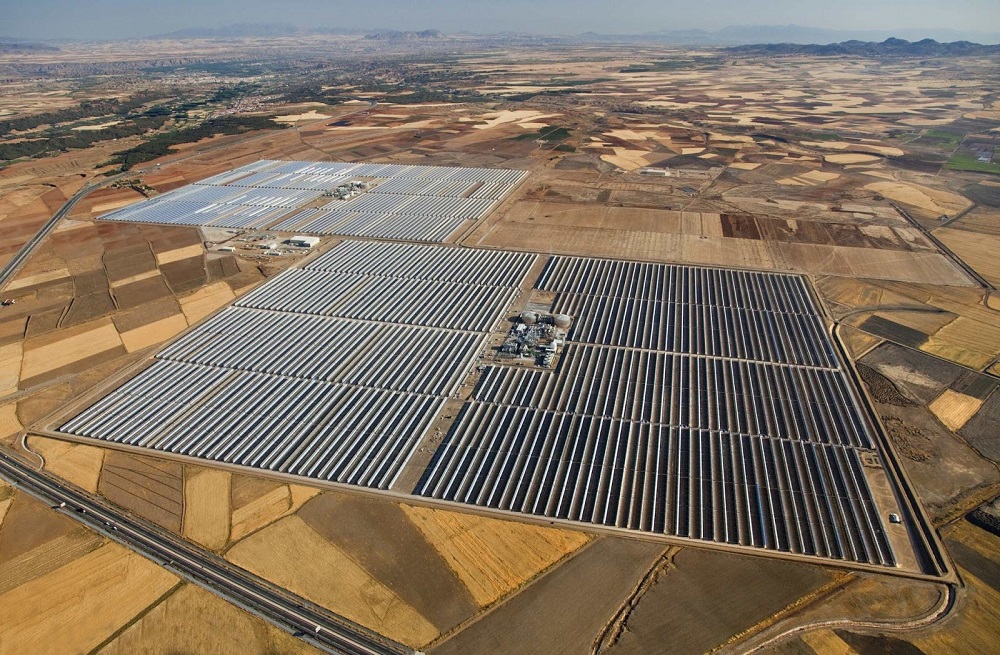

Wind Power in Andalusia
In addition to solar power, wind energy is also a significant part of Andalusia’s renewable energy mix. The region’s extensive coastline and hilly interior provide ideal conditions for wind farms. Spain has become a wind energy powerhouse and is now ranked second in the world in the use of this technology. Andalusia, with its favorable wind conditions, plays a significant role in this achievement.
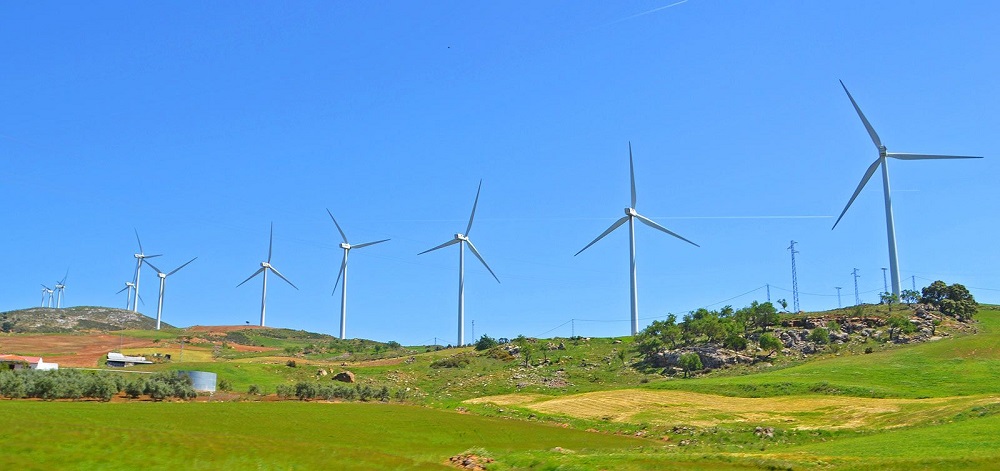

The Impact of Renewable Energy on Andalusia’s Economy
The renewable energy industry in Andalusia not only contributes to the region’s energy supply but also has a significant impact on its economy. The industry is known for technological innovation and research collaboration, creating jobs and attracting investment to the region. The growth of the renewable energy sector is also driving the development of related industries, such as manufacturing and services, further contributing to Andalusia’s economic growth.
Job Creation and Investment
The renewable energy industry is a significant source of job creation and investment in Andalusia. The construction and operation of renewable energy facilities, such as solar farms and wind turbines, require a range of skills, from engineering to maintenance, creating a wide variety of jobs. Moreover, the industry attracts investment from both domestic and foreign companies, contributing to the region’s economic development.
Driving Technological Innovation
The renewable energy industry in Andalusia is also driving technological innovation. The region is home to innovative projects, such as the solar power tower system in Sanlucar la Mayor, which are pushing the boundaries of renewable energy technology. This culture of innovation not only contributes to the growth of the renewable energy industry but also stimulates the broader technological ecosystem in Andalusia.
The Future of Renewable Energy in Andalusia
Looking ahead, Andalusia is well-positioned to continue leading Spain’s renewable energy transition. The region’s abundant renewable energy resources, combined with its commitment to innovation and economic development, suggest a bright future for renewable energy in Andalusia.
Continued Growth and Innovation
As the demand for renewable energy continues to grow, both in Spain and globally, Andalusia is likely to see continued growth and innovation in its renewable energy industry. The region’s abundant solar and wind resources, combined with its culture of innovation, provide a strong foundation for the continued development of the renewable energy sector.
Challenges and Opportunities
While Andalusia has made significant progress in the development of renewable energy, challenges remain. These include the need for further investment in infrastructure, the integration of renewable energy into the grid, and the development of storage solutions for intermittent renewable energy. However, these challenges also present opportunities for innovation and development, suggesting a promising future for renewable energy in Andalusia.
The Role of Government and Policy in Andalusia’s Renewable Energy Transition
Government and policy play a crucial role in Andalusia’s renewable energy transition. The regional government of Andalusia has been proactive in promoting renewable energy through various policies and initiatives. These include financial incentives for renewable energy projects, regulatory reforms to facilitate the integration of renewable energy into the grid, and initiatives to promote research and development in renewable energy technologies.


Financial Incentives for Renewable Energy Projects
One of the key ways in which the Andalusian government promotes renewable energy is through financial incentives. These incentives, which include grants, tax credits, and low-interest loans, are designed to make renewable energy projects more financially viable. They have been instrumental in attracting investment to the region and driving the growth of the renewable energy industry.
Regulatory Reforms
In addition to financial incentives, the Andalusian government has also implemented regulatory reforms to facilitate the integration of renewable energy into the grid. These reforms include measures to streamline the permitting process for renewable energy projects, as well as changes to grid access rules to make it easier for renewable energy producers to sell their power to the grid.
Research and Development Initiatives
The Andalusian government also promotes research and development in renewable energy technologies. This includes funding for research projects, partnerships with universities and research institutions, and initiatives to promote innovation in the renewable energy sector. These efforts are crucial in driving technological advancement and ensuring that Andalusia remains at the forefront of the renewable energy transition.


The Role of the Community in Andalusia’s Renewable Energy Transition
The community also plays a vital role in Andalusia’s renewable energy transition. From local residents who install solar panels on their rooftops, to community-owned wind farms, the people of Andalusia are actively participating in the region’s shift towards renewable energy.
Community-Owned Renewable Energy Projects
Community-owned renewable energy projects are a growing trend in Andalusia. These projects, which are owned and operated by local communities, provide a way for people to directly participate in the renewable energy transition. They also keep the economic benefits of renewable energy within the community, contributing to local economic development.
Public Support for Renewable Energy´s Transition
Public support for renewable energy is also a crucial factor in Andalusia’s renewable energy transition. Surveys show that the majority of Andalusians support the shift towards renewable energy and are willing to pay a premium for renewable energy. This public support is a key driver of the region’s renewable energy transition.
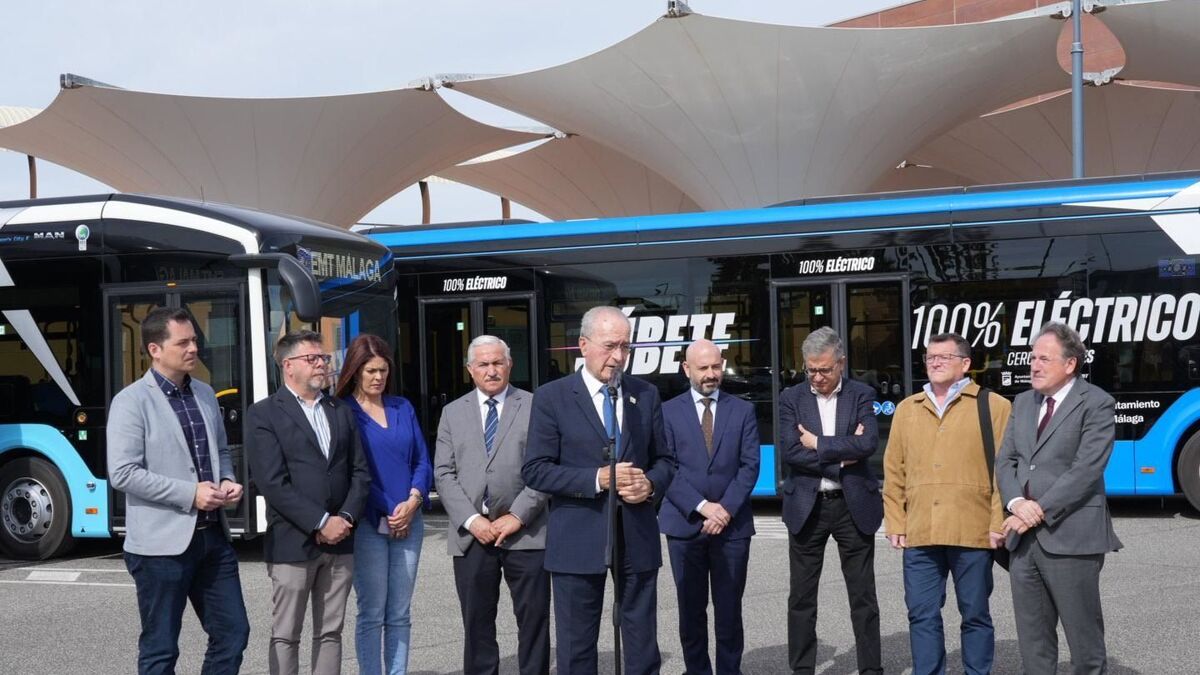

Andalusia’s Renewable Energy Infrastructure
Andalusia’s renewable energy infrastructure is a key component of the region’s renewable energy transition. This infrastructure includes not only the physical facilities for generating renewable energy, such as solar farms and wind turbines, but also the grid infrastructure for transmitting and distributing this energy.
Renewable Energy Facilities
Andalusia is home to a wide range of renewable energy facilities. These include large-scale solar farms and wind farms, as well as smaller-scale facilities such as rooftop solar installations and community-owned wind turbines. These facilities are the backbone of Andalusia’s renewable energy industry, generating the clean, renewable energy that powers the region.
Grid Infrastructure
In addition to renewable energy facilities, Andalusia’s renewable energy infrastructure also includes the grid infrastructure for transmitting and distributing this energy. This includes power lines, substations, and other grid components, as well as the systems for managing and balancing the grid. This infrastructure is crucial for ensuring that the renewable energy generated in Andalusia can be reliably delivered to consumers.
The Role of Education and Training in Andalusia’s Renewable Energy Transition
Education and training play a crucial role in Andalusia’s renewable energy transition. As the region’s renewable energy industry grows, there is a growing need for skilled workers in a range of roles, from engineers and technicians to project managers and policy experts. Andalusia’s educational institutions, from schools and vocational training centers to universities and research institutions, are stepping up to meet this need.


Education Programs
Andalusia’s educational institutions offer a range of programs focused on renewable energy. These include degree programs in fields such as renewable energy engineering, as well as vocational training programs for technicians and other skilled workers. These programs provide students with the knowledge and skills they need to contribute to the region’s renewable energy industry.
Training and Professional Development
In addition to formal education programs, there are also a range of training and professional development opportunities available in Andalusia. These include on-the-job training programs, professional certification programs, and continuing education courses. These opportunities allow individuals to develop their skills and advance their careers in the renewable energy industry.
Andalusia’s Renewable Energy Transition: A Case Study
To further illustrate the role of Andalusia in Spain’s renewable energy transition, let’s take a closer look at a specific case study: the town of Tarifa. Located on the southernmost tip of Andalusia, Tarifa is known as the wind capital of Europe and is a shining example of how renewable energy can transform a community.
Tarifa: The Wind Capital of Europe
Tarifa is a small town located on the southernmost tip of Andalusia, right where the Mediterranean Sea meets the Atlantic Ocean. This unique geographical location makes Tarifa one of the windiest places in Europe, making it an ideal location for wind energy generation. Today, the landscape around Tarifa is dotted with wind turbines, and the town is known as the wind capital of Europe.


The Impact of Wind Energy on Tarifa
The development of wind energy has had a profound impact on Tarifa. The wind farms around the town have created jobs, attracted investment, and provided a significant boost to the local economy. Moreover, the renewable energy generated by these wind farms has helped to reduce the region’s carbon emissions and contribute to Spain’s renewable energy goals.
Lessons from Andalusia’s Renewable Energy Transition
Andalusia’s renewable energy transition offers valuable lessons for other regions and countries looking to shift towards renewable energy. These lessons include the importance of leveraging local renewable energy resources, the role of government policy and community involvement, and the economic benefits of renewable energy.
Leveraging Local Renewable Energy Resources
One of the key lessons from Andalusia’s renewable energy transition is the importance of leveraging local renewable energy resources. Andalusia’s abundant sun and wind resources have been crucial to the region’s renewable energy success. This highlights the importance of identifying and utilizing local renewable energy resources in any renewable energy transition.
The Role of Government Policy and Community Involvement
Another important lesson from Andalusia’s renewable energy transition is the crucial role of government policy and community involvement. The Andalusian government’s proactive policies and financial incentives have been instrumental in driving the region’s renewable energy industry. At the same time, the active participation of the community, from local residents to community-owned renewable energy projects, has been key to the success of the transition.
The Economic Benefits of Renewable Energy
Finally, Andalusia’s renewable energy transition highlights the economic benefits of renewable energy. The renewable energy industry has created jobs, attracted investment, and boosted local economies in Andalusia. This underscores the economic potential of renewable energy and its role in promoting sustainable economic development.
Andalusia’s Renewable Energy Transition: Challenges and Solutions
While Andalusia’s renewable energy transition is a success story, it has not been without its challenges. These challenges include technical issues related to grid integration and storage, regulatory hurdles, and social and environmental concerns. However, Andalusia has also demonstrated innovative solutions to these challenges.
Technical Challenges
One of the main technical challenges in Andalusia’s renewable energy transition is the integration of large amounts of renewable energy into the grid. This requires sophisticated grid management systems and storage solutions to balance supply and demand and ensure grid stability. Andalusia has addressed this challenge through investments in smart grid technologies and energy storage systems.
Regulatory Challenges
Regulatory challenges have also posed hurdles to Andalusia’s renewable energy transition. These include complex permitting processes and regulatory uncertainty. The Andalusian government has tackled these challenges through regulatory reforms aimed at streamlining the permitting process and providing a stable policy environment for renewable energy development.
Social and Environmental Challenges
Social and environmental challenges, such as public opposition to renewable energy projects and concerns about the environmental impact of renewable energy facilities, have also been a part of Andalusia’s renewable energy transition. The region has addressed these challenges through public engagement initiatives and stringent environmental standards.


The Future of Renewable Energy in Andalusia
Looking ahead, the future of renewable energy in Andalusia is bright. With its abundant renewable energy resources, strong policy support, and a growing renewable energy industry, Andalusia is poised to continue leading Spain’s renewable energy transition. The region is also well-positioned to become a global leader in renewable energy, contributing to global efforts to combat climate change and transition to a sustainable energy future.
Continued Growth of the Renewable Energy Industry
The renewable energy industry in Andalusia is expected to continue growing in the coming years. This growth will be driven by ongoing technological advancements, continued policy support, and increasing demand for renewable energy both domestically and internationally.
Innovation and Technological Advancement
Innovation and technological advancement will also play a crucial role in the future of renewable energy in Andalusia. The region is home to a vibrant research and development ecosystem, which is driving advancements in renewable energy technologies and solutions. This includes innovations in areas such as energy storage, smart grid technologies, and renewable energy system design and management.
Andalusia’s Renewable Energy Policies and Regulations
The success of Andalusia’s renewable energy transition has been significantly influenced by the region’s renewable energy policies and regulations. These policies and regulations have provided the framework and incentives necessary to drive the development and adoption of renewable energy in the region.
Renewable Energy Policies
Andalusia’s renewable energy policies have been instrumental in promoting the development of the region’s renewable energy industry. These policies include financial incentives for renewable energy projects, such as feed-in tariffs and tax credits, as well as regulatory measures to streamline the permitting process for renewable energy facilities.
Regulatory Framework
The regulatory framework for renewable energy in Andalusia has also played a crucial role in the region’s renewable energy transition. This framework includes regulations related to grid access and interconnection, renewable energy standards, and environmental impact assessments. These regulations have helped to ensure that the development of renewable energy in Andalusia is sustainable and beneficial for the region.
The Role of Public and Private Sector in Andalusia’s Renewable Energy Transition
The public and private sectors have both played crucial roles in Andalusia’s renewable energy transition. The public sector, including the regional government and public utilities, has provided the policy support and infrastructure necessary for the transition. Meanwhile, the private sector, including renewable energy companies and investors, has driven the development and deployment of renewable energy technologies.
The Role of the Public Sector
The public sector has played a crucial role in Andalusia’s renewable energy transition. The Andalusian government has provided strong policy support for renewable energy, including financial incentives and a favorable regulatory framework. Public utilities have also played a role, for example by investing in renewable energy projects and integrating renewable energy into the grid.


If you are interested in Andalusia´s technology improvement, read this blog for knowing a huge advancement in neuroscience: Ana León’s Research on Microglia Cells at UMA: Neuroscience
The Role of the Private Sector
The private sector has also played a key role in Andalusia’s renewable energy transition. Renewable energy companies have driven the development and deployment of renewable energy technologies, while investors have provided the capital necessary for these projects. The private sector’s role in the transition highlights the economic opportunities presented by renewable energy.
Andalusia’s Renewable Energy Infrastructure
Andalusia’s renewable energy infrastructure is a key component of the region’s renewable energy transition. This infrastructure includes both the physical infrastructure, such as renewable energy facilities and the electricity grid, and the institutional infrastructure, such as research and development institutions and regulatory bodies.
Physical Infrastructure
Andalusia’s physical renewable energy infrastructure includes a wide range of facilities, from large-scale wind farms and solar power plants to smaller-scale rooftop solar installations. The region also has a well-developed electricity grid that is capable of integrating large amounts of renewable energy.


Institutional Infrastructure
Andalusia’s institutional renewable energy infrastructure is also well-developed. The region is home to a number of research and development institutions that are driving innovation in renewable energy technologies. In addition, Andalusia has a robust regulatory framework for renewable energy, which is overseen by the regional government.
Andalusia’s Renewable Energy Workforce
The renewable energy industry in Andalusia is supported by a skilled and diverse workforce. This workforce includes engineers, technicians, project managers, and other professionals who are involved in the design, construction, operation, and maintenance of renewable energy facilities. The development of this workforce has been supported by education and training programs, as well as by policies to promote job creation in the renewable energy sector.
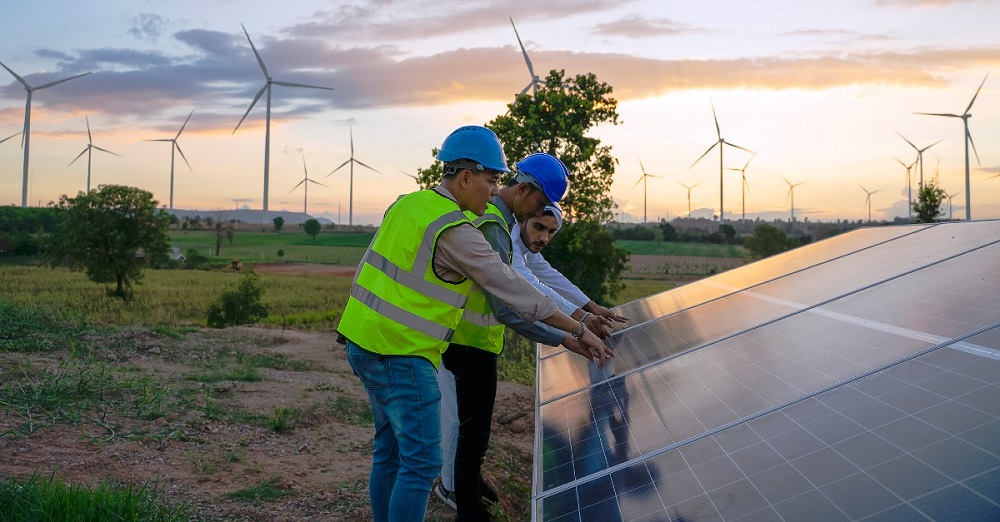

The Role of Innovation in Andalusia’s Renewable Energy Transition
Innovation has been a key driver of Andalusia’s renewable energy transition. This includes technological innovation, such as the development of new renewable energy technologies and systems, as well as organizational and policy innovation.
Technological Innovation
Technological innovation has been crucial to the success of Andalusia’s renewable energy transition. This includes innovations in renewable energy technologies, such as more efficient solar panels and wind turbines, as well as innovations in related areas, such as energy storage and smart grid technologies.
Organizational and Policy Innovation
In addition to technological innovation, organizational and policy innovation has also played a key role in Andalusia’s renewable energy transition. This includes innovative approaches to project development and financing, as well as innovative policies and regulations to support the development and adoption of renewable energy.
Andalusia’s Renewable Energy Education and Training Programs
Education and training programs are a crucial part of Andalusia’s renewable energy transition. These programs are helping to develop the skilled workforce needed to design, construct, operate, and maintain the region’s renewable energy infrastructure.
University Programs
Several universities in Andalusia offer programs in renewable energy and related fields. These programs provide students with the technical knowledge and skills needed to work in the renewable energy industry. They also conduct research that contributes to the advancement of renewable energy technologies.
Vocational Training Programs
In addition to university programs, there are also a number of vocational training programs in Andalusia that provide practical skills training in areas such as solar panel installation and wind turbine maintenance. These programs play a crucial role in preparing workers for jobs in the renewable energy industry.
The Economic Impact of Renewable Energy in Andalusia
The renewable energy industry has had a significant economic impact in Andalusia. It has created jobs, stimulated investment, and contributed to the region’s economic growth.
Job Creation
The renewable energy industry is a significant source of job creation in Andalusia. These jobs range from high-skilled positions in research and development to jobs in construction and maintenance of renewable energy facilities.
Investment
The renewable energy industry has also attracted significant investment to Andalusia. This investment has helped to stimulate the region’s economy and has contributed to the development of its renewable energy infrastructure.
The Environmental Impact of Renewable Energy in Andalusia
In addition to its economic benefits, renewable energy also has significant environmental benefits. By reducing reliance on fossil fuels, renewable energy helps to reduce greenhouse gas emissions and combat climate change.
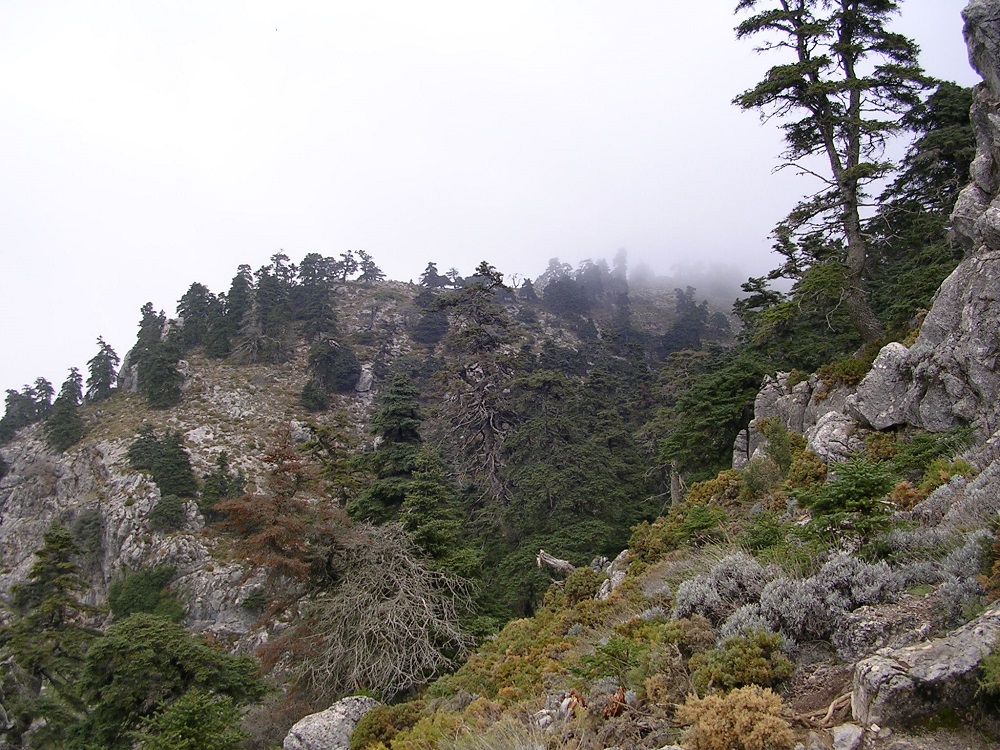

Reduction in Greenhouse Gas Emissions
One of the main environmental benefits of renewable energy is the reduction in greenhouse gas emissions. By replacing fossil fuels with renewable energy, Andalusia is helping to reduce the emissions that contribute to climate change.
That specific topic was expanded in that following blog, about how Climate Change is affecting Andalusian agriculture: Climate Change and its Impact on Andalusian Agriculture and Spain
Preservation of Natural Resources
Renewable energy also helps to preserve natural resources. Unlike fossil fuels, which are finite and can cause environmental damage when extracted, renewable energy sources such as wind and solar are infinite and have a much lower environmental impact.
As resume, Andalusia is playing a crucial role in Spain’s renewable energy transition. The region’s abundant renewable energy resources, combined with its commitment to innovation and economic development, make it a leader in the field. As the demand for renewable energy continues to grow, Andalusia is well-positioned to continue leading the way in Spain’s energy transition.
Andalusia’s journey towards renewable energy is a testament to the region’s commitment to sustainable development and a cleaner future. The region’s efforts in harnessing wind, solar, and other renewable energy sources have not only transformed its energy landscape but also set an example for other regions and countries around the world. As the world continues to grapple with the challenges of climate change and energy security, the story of Andalusia serves as a beacon of hope and a roadmap for a sustainable energy future.
Finally, Andalusia’s renewable energy transition is not just about the region itself. It is also a contribution to the global renewable energy transition. By demonstrating the feasibility and benefits of a large-scale renewable energy transition, Andalusia is providing a model for other regions and countries around the world.




